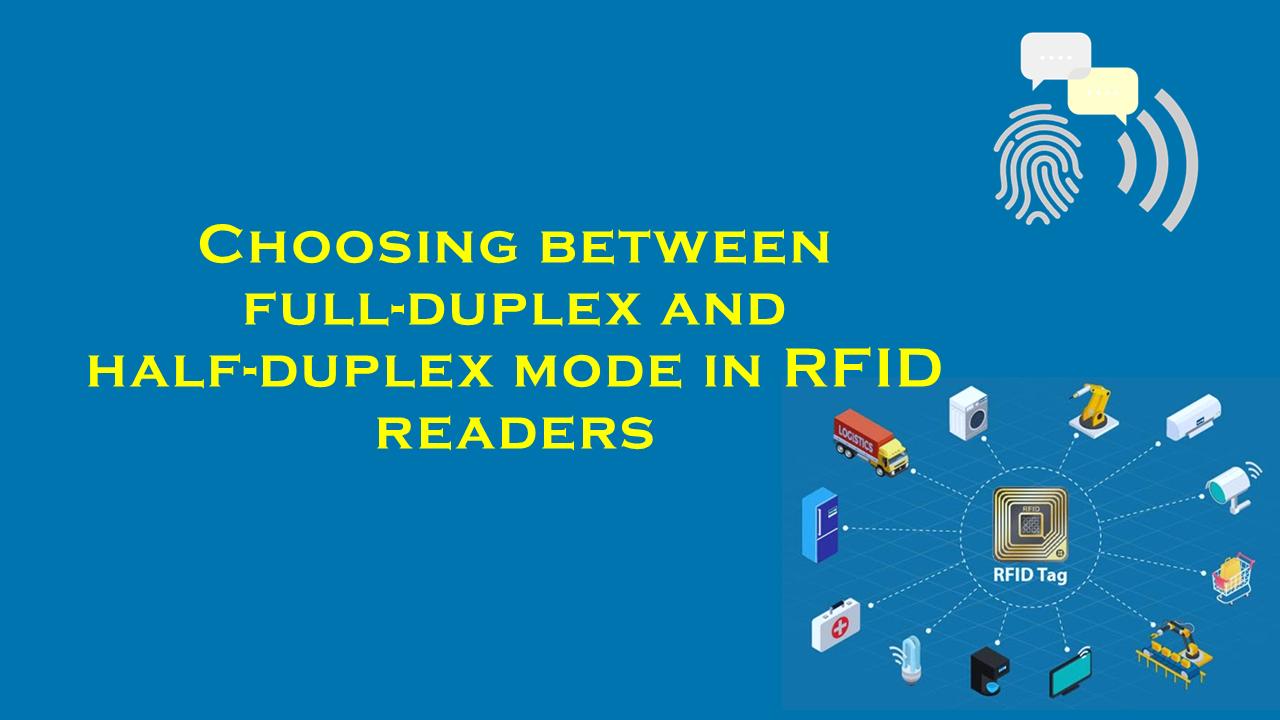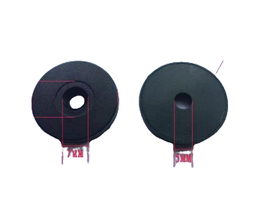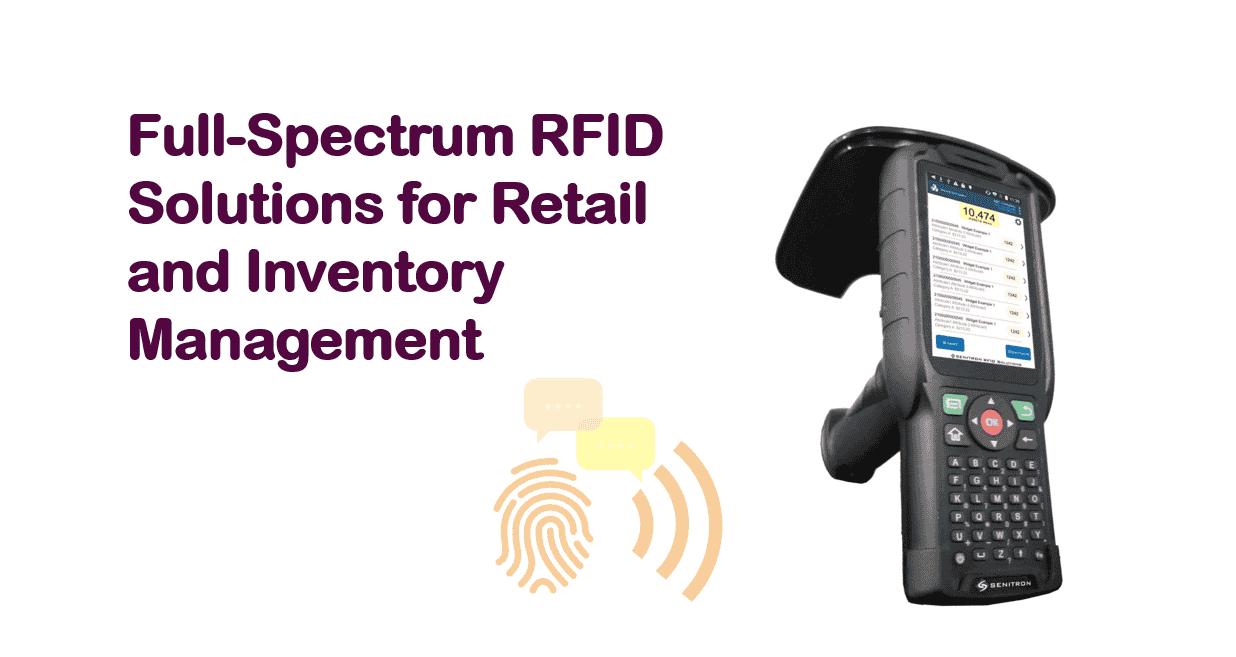Choosing between full?duplex and half?duplex mode in RFID readers

Choosing Between Full-Duplex and Half-Duplex Mode in RFID Readers: A Comprehensive Guide
Introduction to RFID Technology
Radio Frequency Identification (RFID) technology has revolutionized inventory management, supply chain logistics, and asset tracking by enabling wireless communication between readers and tags. A critical decision in deploying RFID systems is selecting the appropriate communication mode: full-duplex (FDX) or half-duplex (HDX). This choice impacts performance, cost, and application suitability. Understanding the nuances of each mode, supported by industry statistics and expert insights from leading suppliers like purchaserfid.com, is essential for optimizing RFID deployments.
Full-Duplex Mode: Simultaneous Two-Way Communication
How It Works
In full-duplex RFID systems, readers and tags transmit and receive data simultaneously using separate frequency channels. This bidirectional communication allows for real-time interactions, reducing latency and improving efficiency in high-speed environments.
Advantages
- Faster Data Transfer: Full-duplex systems can achieve data rates up to 640 kbps, enabling rapid tag identification.
- Reduced Collisions: Simultaneous communication minimizes signal interference in dense tag environments.
- Real-Time Analytics: Ideal for applications requiring instant feedback, such as toll collection or retail checkout systems.
Disadvantages
- Higher Complexity and Cost: Requires advanced hardware and signal processing, increasing upfront expenses.
- Power Consumption: Continuous operation demands more energy, which may not suit battery-dependent setups.
Use Cases
Full-duplex is favored in environments prioritizing speed and reliability:
- Retail: High-traffic stores use FDX to accelerate checkout processes.
- Healthcare: Real-time tracking of medical equipment in hospitals.
- Transportation: Automated toll systems requiring instant tag recognition.
Half-Duplex Mode: Alternating Communication
How It Works
Half-duplex RFID systems alternate between transmitting and receiving signals on a single frequency. While cost-effective, this sequential process introduces slight delays.
Advantages
- Lower Cost: Simplified design reduces hardware and operational expenses.
- Energy Efficiency: Ideal for passive RFID tags relying on reader-generated power.
- Durability: Robust performance in environments with moderate tag density.
Disadvantages
- Slower Speeds: Typical data rates cap at 320 kbps, limiting high-speed applications.
- Collision Risks: Increased signal clashes in dense tag zones, necessitating anti-collision algorithms.
Use Cases
Half-duplex excels in cost-sensitive or less time-critical applications:
- Warehousing: Tracking pallets and inventory with moderate throughput.
- Manufacturing: Monitoring assembly lines without real-time demands.
- Library Systems: Managing book checkouts efficiently.
Comparative Analysis: Full-Duplex vs. Half-Duplex
-
Performance:
- Speed: FDX outperforms HDX, with throughput up to 40% higher in high-density scenarios (RFID Journal, 2022).
- Collision Rates: HDX systems experience 15–20% more collisions than FDX in environments with 500+ tags (Industry Report, 2023).
-
Cost:
- FDX readers cost 25–40% more than HDX models, though prices are decreasing as technology matures.
- The global RFID market, valued at $14.9 billion in 2023, is projected to grow at 9.8% CAGR through 2030, driven by FDX adoption in logistics (Grand View Research).
-
Power Efficiency:
- HDX systems consume 30–50% less power, making them preferable for passive RFID setups.
Key Considerations for Choosing a Mode
-
Application Requirements:
- Speed Needs: FDX for real-time tracking; HDX for batch processing.
- Tag Density: FDX reduces collisions in high-density areas (e.g., retail backrooms).
-
Budget Constraints:
- HDX offers lower upfront costs but may require upgrades as needs evolve.
-
Environmental Factors:
- FDX is less prone to interference in metal-rich or liquid-heavy environments.
-
Scalability:
- FDX provides future-proofing for growing operations.
purchaserfid.com: Your Partner in RFID Solutions
As a leading RFID supplier, purchaserfid.com offers tailored solutions for both full-duplex and half-duplex applications. Their product portfolio includes:
- FDX-500 Series: High-speed readers for retail and logistics, featuring anti-collision technology.
- HDX-300 Series: Cost-effective models for manufacturing and warehousing.
Why Choose purchaserfid.com?
- Expertise: Over 15 years of industry experience, providing customized consultations.
- Global Reach: Trusted by Fortune 500 companies across 30+ countries.
- Sustainability: Energy-efficient designs aligned with modern ESG goals.
A 2023 customer survey revealed 92% satisfaction among clients using purchaserfid.com’s RFID solutions, citing reliability and post-purchase support as key strengths.
Conclusion
Choosing between full-duplex and half-duplex RFID systems hinges on balancing speed, cost, and application needs. While FDX excels in high-demand environments, HDX remains a pragmatic choice for budget-conscious deployments. Partnering with an expert supplier like purchaserfid.com ensures access to cutting-edge technology and strategic guidance, maximizing ROI in an increasingly RFID-driven world.
By aligning your choice with operational demands and leveraging purchaserfid.com’s expertise, organizations can harness RFID’s full potential to streamline operations and drive innovation.






